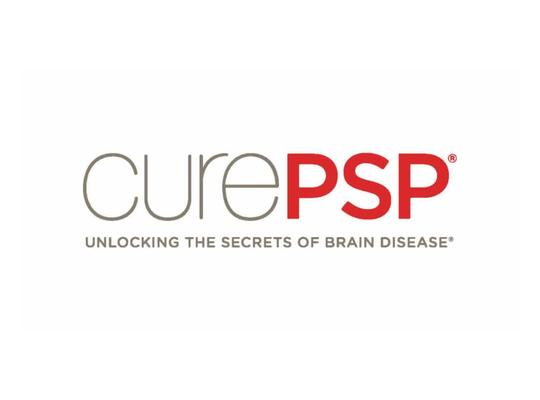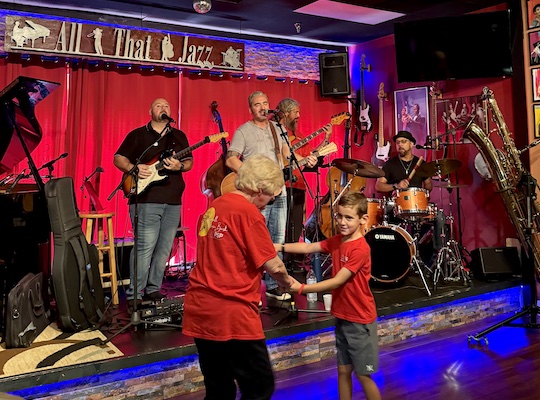A Brighter Future for Tauopathies: CurePSP’s 2025 Student Fellows Take the Lead
Jul 15, 2025 Oscar Sullivan
Nine student researchers tackle critical questions in tauopathies, from genetic diversity in underrepresented populations to tau filament structure and non-tau protein targets for novel therapeutics.
CurePSP has awarded nine Urso and Atwood Student Fellowships to promising researchers investigating progressive supranuclear palsy (PSP), corticobasal degeneration (CBD) and related tauopathies. These projects — spanning genetic diversity, tau filament modeling, non-tau protein targets and translational therapeutic strategies — aim to accelerate diagnostics, refine treatments and deepen understanding of these diseases.
The latest batch of recipients builds on the momentum of 2024, when a record eight Urso Student Fellowship Grants were awarded. Tauopathy research has always been a field marked by urgency given the uncompromising progression of these diseases. With tightening budgets and increasing competition for research funding, these fellowships represent a critical investment in the next generation of scientists who are essential for the long-term health of the field.
Recipients expressed both gratitude for the opportunity and determination to translate their findings into tangible benefits for those living with these diseases. Dr. Racheed Mani, a Resident Physician in Neurology at Stony Brook Medicine, sees the Urso Student Fellowship as a “great foundation for what will be a lifelong commitment to improving how we diagnose, differentiate and treat movement disorders.”
The nine recipients include six for the Urso Student Fellowship Grant, supported by the Paul and Ruth Urso Memorial Research Fund, for projects focused on basic, translational, clinical or epidemiological aspects of PSP and CBD. In its second year, the Jim Atwood Neuroscience Student Fellowship, supported by the Jim Atwood Neuroscience Student Fellowship Endowment, was awarded to three undergraduate student projects focused on PSP or CBD. Learn more about select cutting-edge studies and the researchers driving them forward:
The Radiographic Overlap between Parkinsonian Syndromes and Normal Pressure Hydrocephalus: A Retrospective Chart Review | Racheed Mani, SUNY at Stony Brook
Dr. Mani’s study focuses on improving the distinction between PSP and normal pressure hydrocephalus (NPH), a treatable condition with similar symptoms. Both disorders share overlapping signs — such as gait problems, cognitive decline and urinary issues — and even brain imaging findings, leading to potential misdiagnosis. While NPH requires brain shunt surgery, this treatment is ineffective and risky for PSP patients. By analyzing brain scans, Dr. Mani’s work seeks to identify key differences that could prevent unnecessary surgeries and ensure accurate diagnoses for these complex neurological conditions.
“I have seen patients who were diagnosed with NPH years prior who ultimately had underlying PSP and were subject to shunt surgeries they ultimately did not need,” Dr. Mani said. “This research can mitigate unnecessary shunt surgeries and further complications years down the line.”
Exploring the genomic data of PSP-CBD patients from Argentina | Nahuel Fonseca, Instituto de Investigaciones en Ingeniería Genética y Biología Molecular, INGEBI-CONICET-UBA
Graduate student Nahuel Fonseca is leading a study to analyze genomic data from Argentinean patients with PSP, which has previously been studied primarily in European populations. This research, conducted in collaboration with the Argentinean Consortium in Primary Tauopathies and CurePSP, will process genome-sequenced samples during a six-week internship at Dr. Ignacio Mata's Cleveland lab to identify population-specific genetic variants. By focusing on South American patients, the project aims to improve diversity in genetic databases, discover novel risk factors and strengthen international research networks. Findings will be shared with CurePSP and may lead to peer-reviewed publications advancing PSP research in Latin America.
“Our region (Argentina and South America) is underrepresented in global patient databases, particularly in genomic data,” Fonseca said. “We believe that exploring genomic insights in local patients will help us better understand the mechanisms underlying the onset and progression of PSP.”
Impact of Fatty Acid Induction on Formation of PSP and CBD Tau Aggregates | Charles Garcia, University of Texas at San Antonio
Charles Garcia's research focuses on recreating the precise tau protein aggregates found in PSP and CBD to improve drug development. Unlike current methods that use artificial tau structures, this project will induce tau aggregation using fatty acids, known to undergo oxidation in PSP, to generate biologically relevant formations. By testing 13 fatty acids and analyzing the resulting aggregates with cryo-EM, Garcia aims to identify which conditions best replicate PSP/CBD tau structures. Success would provide a critical tool for screening more effective tau aggregation inhibitors, addressing a key bottleneck in neurodegenerative disease therapeutics.
“The CurePSP URSO Student Fellowship will help develop the skills needed to succeed in protein structure determination,” Garcia said. “If effective then future studies can use fatty acids to create PSP and CBD-relevant tau aggregates that can be used for drug screens that will hopefully be more successful in patients.”
Cracking the phosphorylation code of tau filaments in PSP | Veena Prasad, University of Texas at San Antonio
Veena Prasad is developing methods to recreate PSP-specific tau filaments in the lab, mirroring the phosphorylated forms found in patients’ brains. By generating these disease-relevant aggregates using biochemical methods and advanced microscopy, her work will provide crucial tools for drug screening, and may unlock targeted therapies for PSP. “By successfully replicating these filaments, we can improve our ability to screen potential therapeutics targeting these structures,” Prasad explains. “This approach may accelerate the development of treatments that address the tau pathology associated with cognitive decline in patients.”
Learn more about the Student Fellowship program here.
Join our email list
Get the latest news and resources
directly to your inbox.
Get the latest news and resources directly to your inbox.
Sign Up



